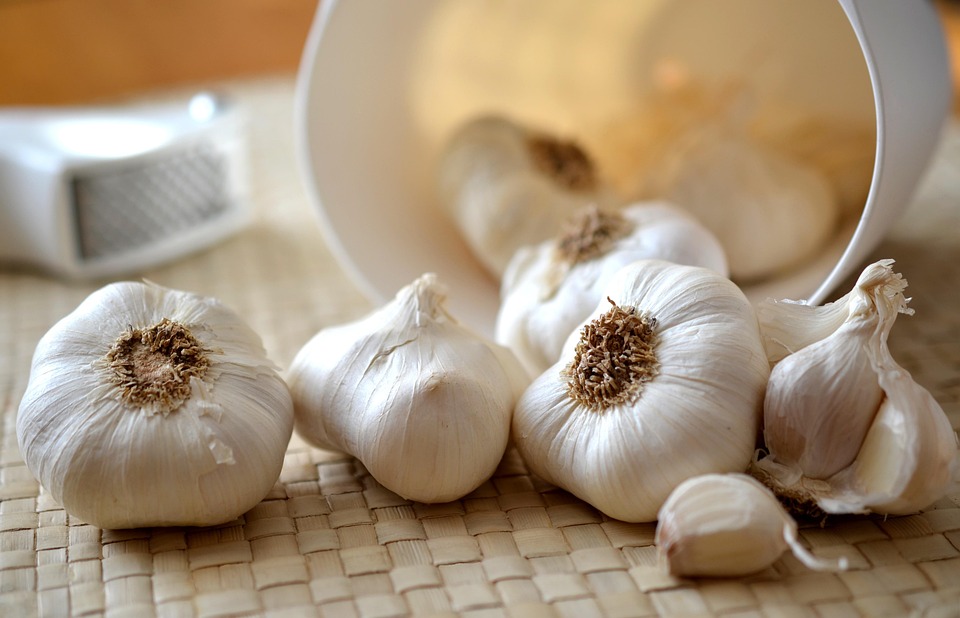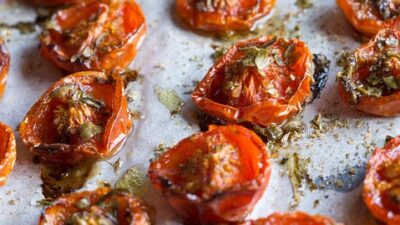Cooking with fire is an ancient art that has captivated the senses for generations. When you combine the passion of flame-based cooking with the boldness of spicy ingredients, you create culinary masterpieces that tantalize taste buds and warm the heart. Here, we’ll explore tips for mastering spicy recipes at home, ensuring your dishes pack a flavorful punch while safely managing heat levels to suit your palette.
1. Understanding Heat Levels
Before diving into cooking spicy recipes, it’s essential to understand the heat levels of the different chili peppers and spices at your disposal. The Scoville scale is a common method for measuring a pepper’s heat. For example:
- Bell Peppers: 0 SHU (Scoville Heat Units)
- Jalapeño: 2,500 – 8,000 SHU
- Serrano: 2,500 – 5,000 SHU
- Habanero: 100,000 – 350,000 SHU
- Ghost Pepper: 1,041,427 SHU
When cooking, start with milder peppers and gradually increase the heat to ensure the dish is enjoyable.
2. Fire Techniques for Flavor
Grilling
Grilling is a fantastic way to infuse smoky flavors into spicy dishes. The high heat caramelizes sugars in veggies and proteins, creating a rich depth of flavor. Pair grilled ingredients with spicy marinades or hot sauces for an amplified kick.
Smoking
Using a smoker adds complexity to spicy recipes. Whether it’s meats or vegetables, the combination of smoke and spice can elevate your dish to new heights. Experiment with hardwoods like mesquite or hickory to infuse unique flavors.
Searing
Searing proteins over high heat seals in flavors. After searing, you can incorporate your favorite spicy sauces or marinades for a robust finish. Just be mindful of cooking temperature – spices can burn quickly if not monitored.
3. Balancing Spices
The key to a well-rounded spicy dish is balance. To counteract excessive heat:
-
Dairy: Ingredients like yogurt, sour cream, or cheese can cool the burn of spicy dishes. Consider adding a dollop on top of spicy tacos or a tangy sauce with grilled meats.
-
Acidic Ingredients: Ingredients such as lime juice, vinegar, or tomatoes can offset heat while enhancing overall flavor. Try incorporating a squeeze of lime over your final dish for an extra burst of freshness.
- Sweetness: A hint of sweetness can balance out the heat in spicy dishes. Brown sugar, honey, or fruits like mango or pineapple can complement the spices beautifully.
4. Infusing Flavors
When cooking spicy food, consider infusing your cooking oils with heat. Use oils like olive oil or grapeseed oil infused with crushed red pepper or whole chili peppers. These oils can be used as a base for stir-fries or drizzled over finished plates for an extra kick.
5. Experimenting with Sauces and Condiments
Homemade salsas, hot sauces, and chutneys can take your spicy dishes to the next level. You can control the heat level and customize flavors based on your preferences. Try blending roasted peppers, garlic, and vinegar for a quick, spicy salsa or a tangy hot sauce that suits your palate.
6. Safety First
When working with spicy ingredients, protect your hands and eyes. Use gloves when handling hot peppers to avoid skin irritation and remember to wash your hands thoroughly afterward. If you accidentally touch your face or eyes, wash immediately with soap and water.
7. Cooking with Love
Finally, savor the cooking process. Cooking with fire and spices isn’t just about the end product; it’s about enjoying the rhythms and techniques. Share your creations with friends and family—it makes for a wonderful gathering centered around flavorful meals.
Conclusion
Cooking with fire and spice is a delightful journey that can enhance your culinary skills and ignite your passion for cooking. By understanding heat levels, employing diverse cooking methods, balancing flavors, creating your own sauces, and following safety precautions, you can master the art of crafting spicy recipes at home. So, gather your favorite fiery ingredients, light the grill, and prepare to create dishes that will leave everyone craving more!



